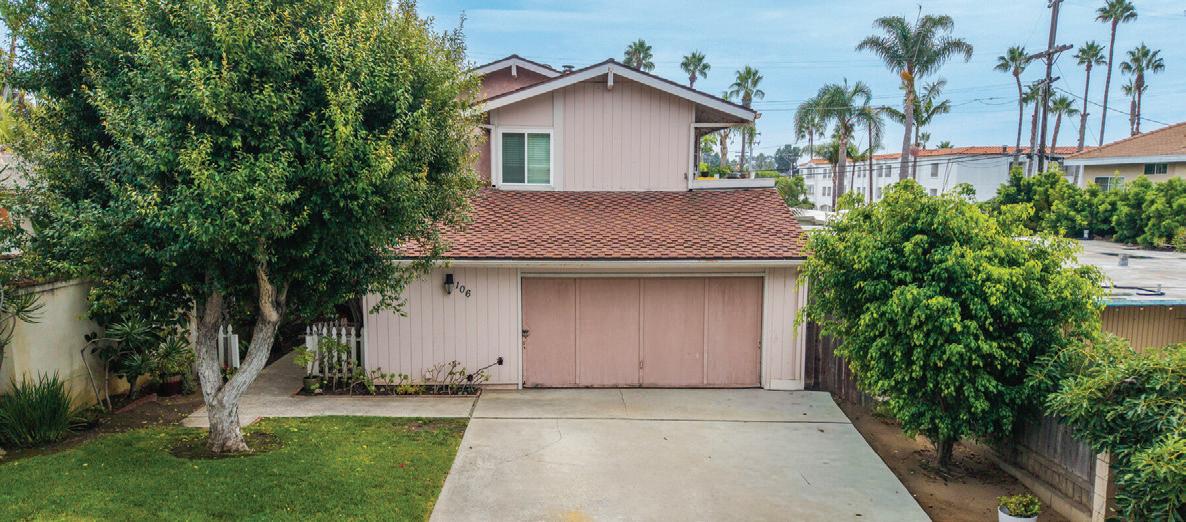






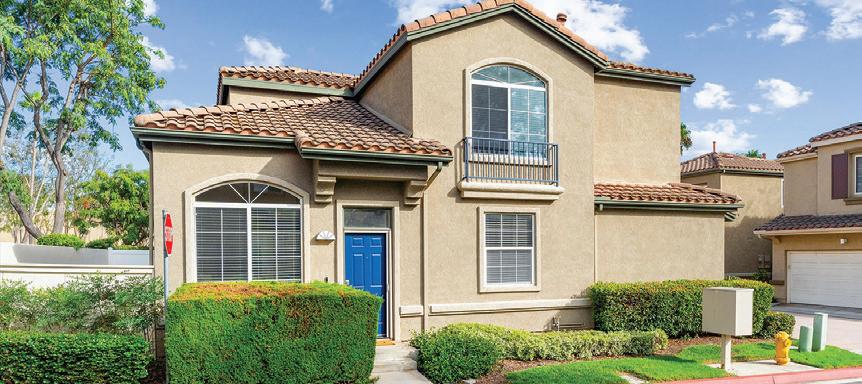
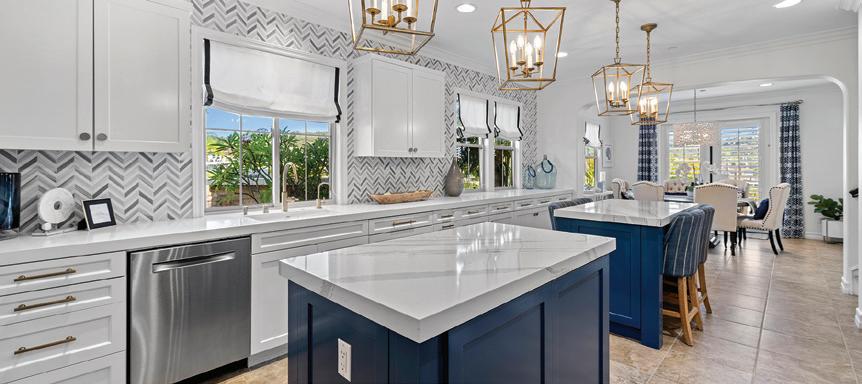



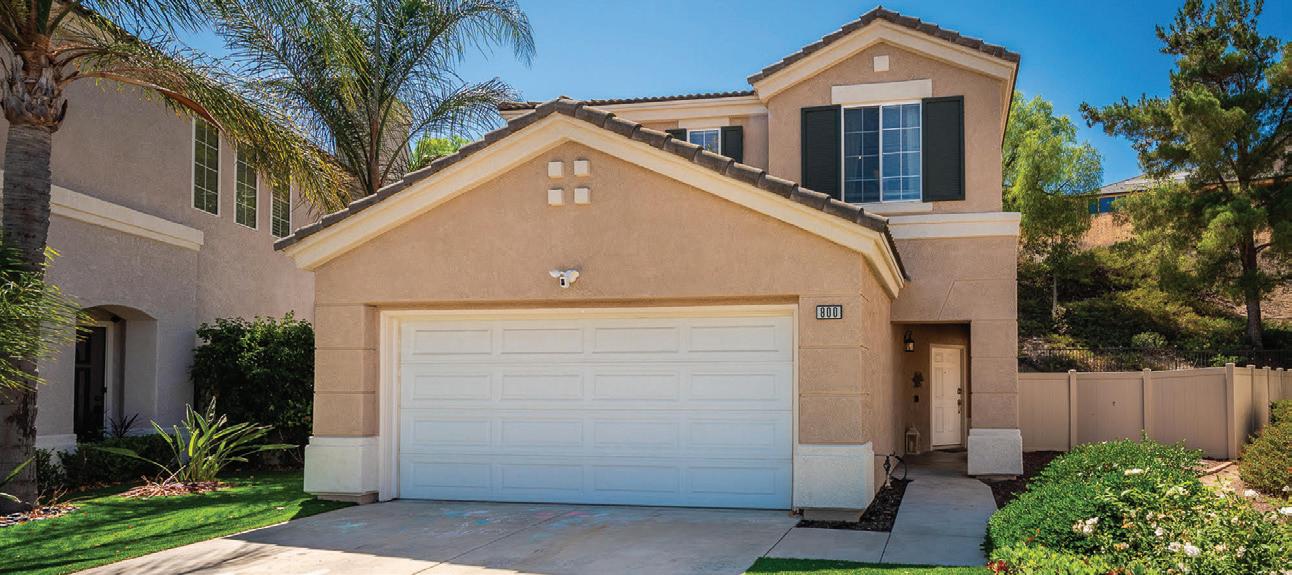

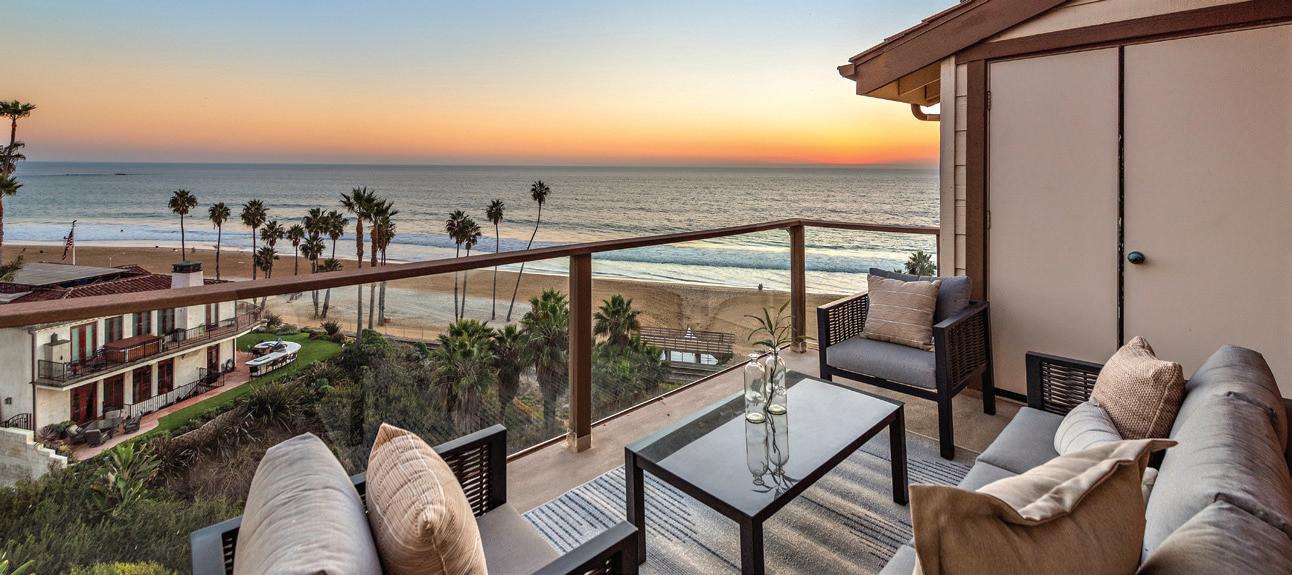





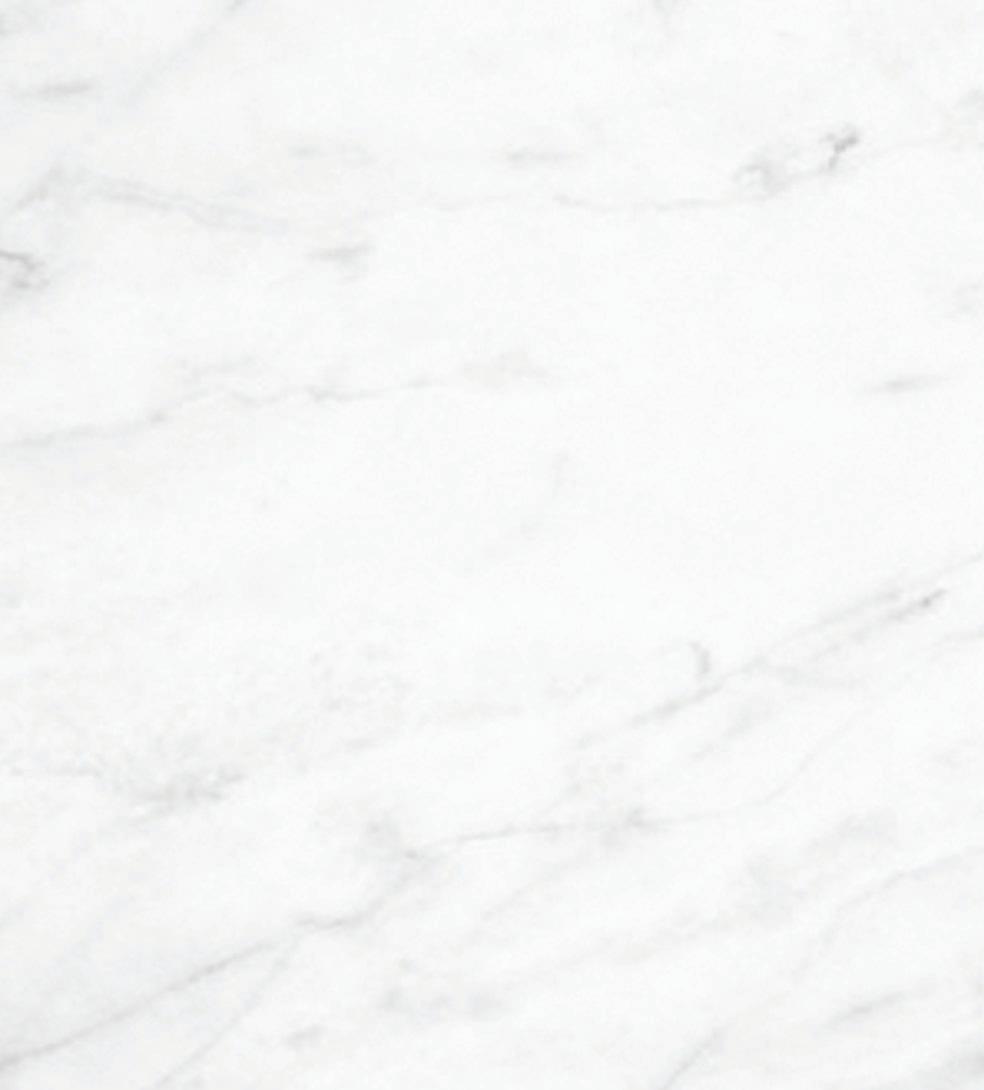
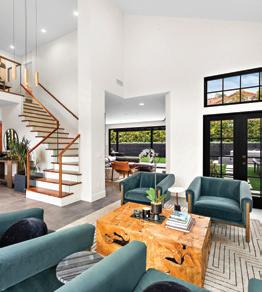



























BY ALICIA VENTER
Neutral colors are out.
At least, they are for some homeowners across the country, who are turning away from the coined “millennial gray,” a minimalist decor trend popular in the 2010s. Now, interior designers are seeing color drenching emerge as a popular design trend — a style involving the saturation of a room with various shades of a singular color.
Color drenching utilizes one color throughout a space, whether it is the walls, ceiling, trim, furniture or décor. Whether it is a variety of deep blues or sage greens, the monochromatic color scheme is becoming much more popular across the United States, especially in Texas, and, according to Wendy Blackband, principal designer of Blackband Design, it is growing within coastal communities.
“We've seen so much of the gray and the everything so neutral that it's been a lot of fun doing this kind of color drenching… I would just love to be able to see more of it along the coast,” Blackband said.
While it may seem daunting to transform a space through color drenching, especially when trying to find the right hue, the design style can expand a room, creating a relaxing atmosphere in any place in the home, whether it is the kitchen, bathroom or office.
Color drenching is popular for creating a tranquil feeling in a room, offering a warm, comforting feeling that sharp, intense contrasts do not offer. The cohesive and sophisticated look creates a seamless environment that feels intentionally curated. Dark colors, especially, make a room feel intimate and luxurious.
“I derive a lot of comfort out of it,” Blackband said. “I hate the word cozy, but it just becomes a little more enclosed, and I feel like it's more comfortable. It does remind me of when you think about some of the old libraries of the past, at the turn of the century. Those libraries, I always think that they were always so dark, they used velvet, and they used these kinds of darker tones. There was just a real richness to it, but there was also this real kind of coziness with it.”
Color drenching is a popular strategy in making rooms look larger, distracting people from a limited area. This is especially true in small spaces such as bathrooms, where monochromatic tiles can create a grandiose effect and a peaceful feel. Stairways and hallways can also have an expanded feel through color drenching.
“If it’s in a main area, it's in the kitchen, but then it's found in some of these other = or nooks in the home,” Blackband said. “I think that it's become very popular too, and because of the nature of the access to
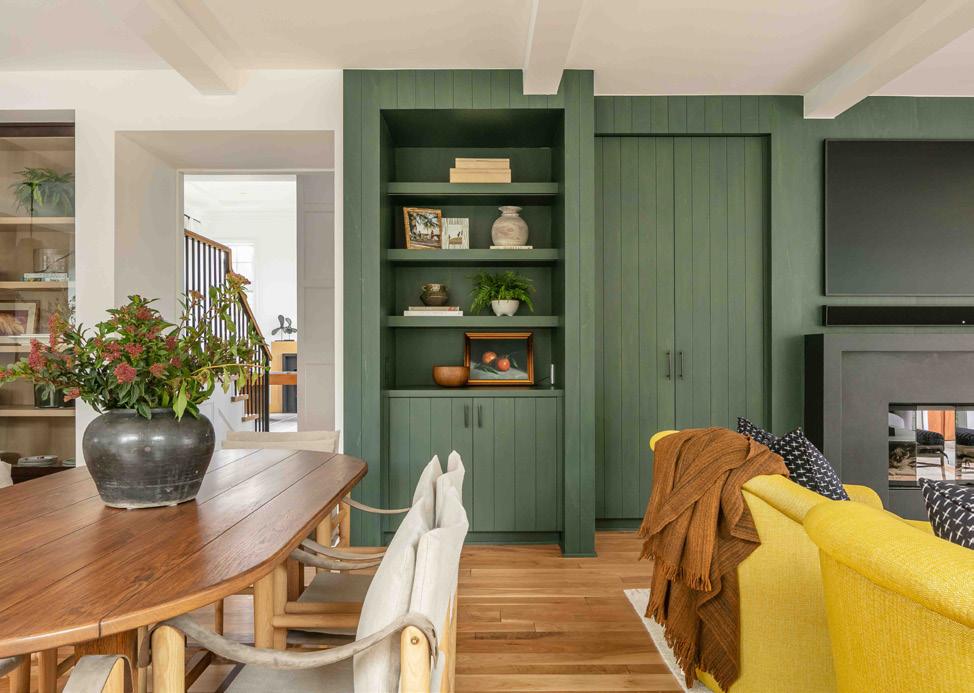

all these wonderful wallpapers that we're seeing.
Color drenching creates the illusion of height, especially when the ceiling is painted a similar hue to the walls or rest of the room. As such, the interior style is a great choice when designing a smaller room.
The most daunting choice for color drenching, unsurprisingly, is picking the best color for the design. Among the most popular choices for color drenching seen in the coastal communities are blues and greens.
it, the bench could be a different one of the colors, and the back of the bench can be the wallpaper. The cabinetry could be a stain. It’s like a puzzle. But sometimes, I would start with that wallpaper, because that to me is what's eye-catching.”
In coastal communities, Blackband noted, most of the home is not engulfed in a color drenched look. Adding wood and metal textures into a color-drenched space is crucial, creating enough of a contrast that the space does not become overwhelmed in one hue. Homeowners who use green hues in a color drenching project may find that walnut wood and copper creates a deep, comforting feel in a room.
“When I think of color drenching, it works best when you're able to mix it with the materials in the darker woods,” Blackband said.
Blackband just completed a color drenching interior project for a home office space, utilizing dark charcoal blue throughout the room. The cabinetry was blue, and the walls had matching suede wallpaper. However, to add some contrast, the desk was a walnut wood, and there were complements of brushed brass materials in the design.
“With the dark color of the walls, you still have to have your furniture, and you have to have a contrast, I feel, to what you're doing on the wall space around the ceiling,” she said. “It has to be able to pop off of it.”
If color drenching is used in a room with cabinetry, Blackband recommends using some sort of metal framing or meshing and utilizing a shade of wood that contrasts whatever color is selected.
“I wouldn't necessarily pair something really dark and moody with a rift white oak,” Blackband said.“I'd rather see it with a walnut or a wood stain that's very dark and a bronzing color.”
Clients living along the Pacific Ocean or in the Bay Area of Northern California still want bright light filtering into their home, Blackband said, and want to utilize a brighter palette to complement this.
Instead of tackling this broad, major decision at the beginning of the project, homeowners should consider what fabrics they want for their furniture or what they want on their walls. After those are selected, they can work with an interior designer to choose what color best complements those choices.
“You don't want to just paint everything the same color,” Blackband said. “That's not going to work. If you have an area that has a cabinet in it, and it has a bench in
Not every color drenched room must be overdramatic, Blackband said. In the projects she works on across the country, including Texas and New York City, the color drenched rooms lean heavily into the woods and metals that create a light contrast to the space. Plus, it doesn’t have to be done throughout the whole home — or even an entire room. A small coffee bar nook or office corner can have its own personality and distinction from the rest of the room through color drenching its furniture and walls. Starting small can let people know whether color drenching is an interior design trend right for them.
“I'm loving it,” Blackband said. “I want the Newport people to come out and add color to their homes.”

